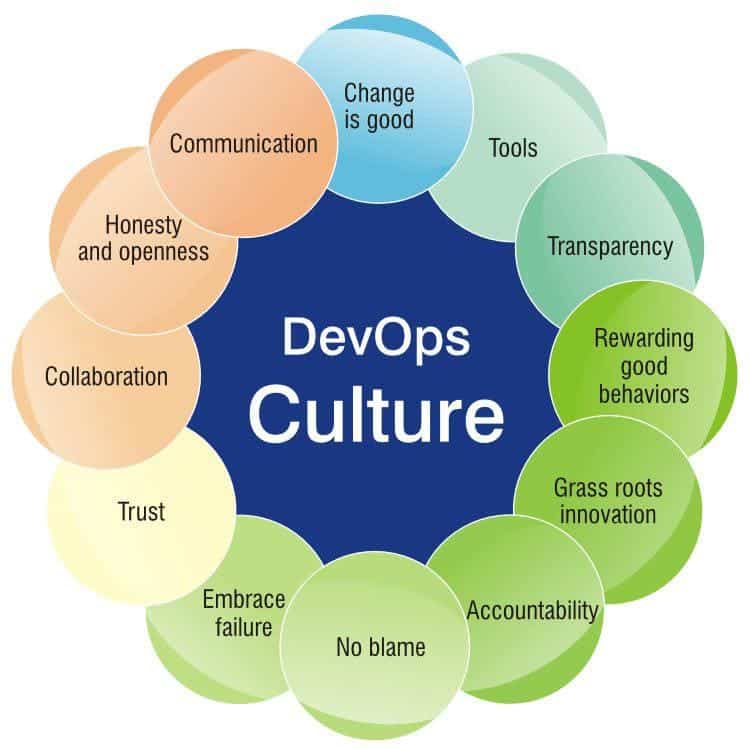

How Covid-19 has Impacted the Software Developers
In 2020, the Covid-19-induced lockdown forced all companies to rely on the Work from Home (WFH) policy as an important measure for business continuity. It was an easy transition for the software and IT professionals compared to other industries. However, switching to WFH wasn’t as simple as a one-click operation.
There were challenges in WFH, spanning from technical issues to infrastructure setup, as well as in managing the physical and mental well-being of the workforce. There has also been an economic imbalance because of specific industries booming. In contrast, some other sectors faced a severe slump due to Covid restrictions.
From adopting to different work environments, battling mental health, to meandering the insecure job environment, let’s explore how software developers are faring in this post-pandemic world.
Work From Home
During the pandemic, companies experimented with WFH. It is an accepted norm that software development is primarily a virtual activity. Therefore, companies hoped that WFH would accelerate development by cutting down group meetings, face-to-face consultations, and commuting to work. In specific ways, WFH boosted productivity and was beneficial as the talent pool for companies expanded worldwide. But it also posed several challenges for developers.
Mixed Outcome on Productivity
WFH seemed to offer more time on the developer’s hands, which boosted productivity but only to a certain extent. A team of researchers that studied 100 GitHub projects found that 60% of projects saw an increase in productivity, while 40% saw a decline. Yet another research coordinated by Haystack analytics found that the COVID-19 pandemic resulted in worsening burnout amongst 81% of the surveyed software developers, irrespective of WFH.
Overall, the impact of WFH on productivity is a complex interplay of work culture and personal factors, such as lack of workspace environment at home and distractions. Therefore there is no easy yes/no answer to suggest whether WFH indeed boosts productivity or not. In addition, the WFH productivity in an enterprise is also a function of the project size. For example, at Baidu, there was a negative impact on developer productivity for large projects.
Impact on Mental Health
Mental health is a vast subject and is a function of various factors related to a person’s upbringing and emotional and economic situation. The burnout statistics shared above for software developers also indicate the state of mental health. According to a survey conducted by LISSUN, 68% of respondents believed that WFH contributed to mental health issues.
Impact Due to Work Profile
Developers in IT and software domains are not restricted to software systems alone. There are hardware systems that are programmed by hardware and firmware developers, which form a niche segment of software developers. During the pandemic, hardware developers had to work from home as well. While software developers had the luxury of using just a computer with internet connectivity, hardware developers had to set up their home offices with an elaborate arrangement involving many devices, something like this:
Such an extensive WFH arrangement indirectly impacts the developer’s productivity, possibly leading to mental health issues.
The Imbalance in Job Market
In 2020, Covid-19 caused a global recession because of the severe lockdown. This crisis affected worldwide economic activity, resulting in a 7% drop in global commercial commerce in 2020. During the first wave of the pandemic, businesses lost 25% of their revenue and 11% of their workforce, with contact-intensive sectors and SMEs being particularly heavily impacted.
However, regarding the hiring and unemployment trends, the Covid-19 pandemic-induced recession had a remarkable recovery, never seen in previous recessions.
During the initial months of the first Covid-19 wave, companies started to lay off developers in the IT and tech sectors en masse. It is estimated that at least 40,000 software tech professionals lost their jobs in the US during that time. However, the spiked recovery resulted in increased demand for software developers during 2021.
CareerExplorer reported findings from a survey that stated that only 5% of software engineer respondents experienced job loss. But 31% of software engineers showed concern for their job security.
This sudden spike in the economy was something that the world had not witnessed in many decades.It created a market imbalance and as a result, while thousands of developers were out of jobs, thousands of others were bagging better job offers in short succession.
Growth Spurt in Specific Skill Sets
Covid-19 proved that the software and IT industry was a sustainable and reliable sector since it passed the test of WFH. This affirmation created a spike in hiring, and the trend continues in the present.
The pandemic created an urgency for companies to migrate to the cloud and rethink their software applications. They had to transform their work culture to ensure maximum collaboration in a remote setup. For this transformation, a DevOps culture was a must. This trend led to an increase in the demand for DevOps professionals.
Remote work also meant an increased need for cybersecurity for guarding the enterprise networks against malicious remote access. This shot up the demand for infosec professionals. A few other tech job profiles in demand during Covid-19 are Systems Engineer, Application Support Engineer, and Cloud Engineers.
Settling in the New Normal
Like every disruptive event that hits the world, Coid-19 has also left its unique mark. However, technology has been a great savior. As we settle into the new normal, we are witnessing the adoption of new technologies to help us adjust to this reality.
WFH is an ideal example of how technology can circumvent the limitations imposed by the pandemic. The adoption of cloud-based services makes this shift possible. This trend provides an impetus for all companies to adopt digital transformation such that they can survive any such disruptive event in the future. It also has a domino effect on hiring the tech workforce to execute such initiatives at a large scale.
Additionally, Covid-19 has also affected a mindset shift in the employer-employee relationship. Since remote working is a possible option, developers have started to feel that they could continue to work from home even after the pandemic. However, we know that physical touchpoints and face-to-face interactions are essential for an organization to thrive. As a result, companies are adopting the hybrid work model to solve this problem.
Despite all the adjustments to settle down into the new normal, a few things are not in our control. The issues related to mental health and job security are pretty complex, and a mere technology intervention cannot solve them. Tackling these issues call for a new set of benchmarks and adaptability standards. For example, companies are reinstating WFH policies with flexible options and prioritizing employer-employee relationships to balance productivity expectations and workspace preferences. It is hoped that these measures will help businesses prepare and thwart the effects of the next pandemic, whenever that happens.
It’s Really not that Complicated.
You can actually understand what’s going on inside your live applications.








